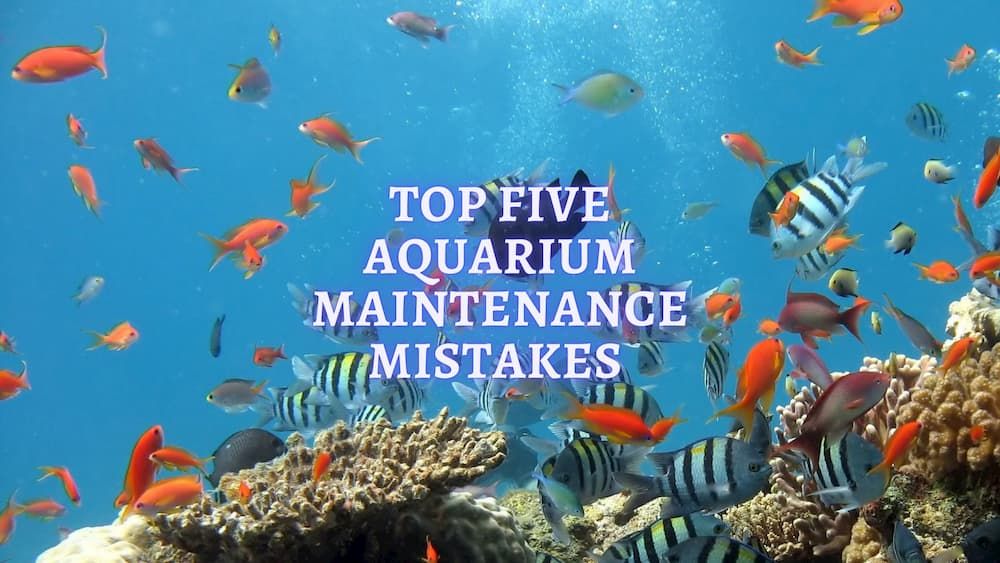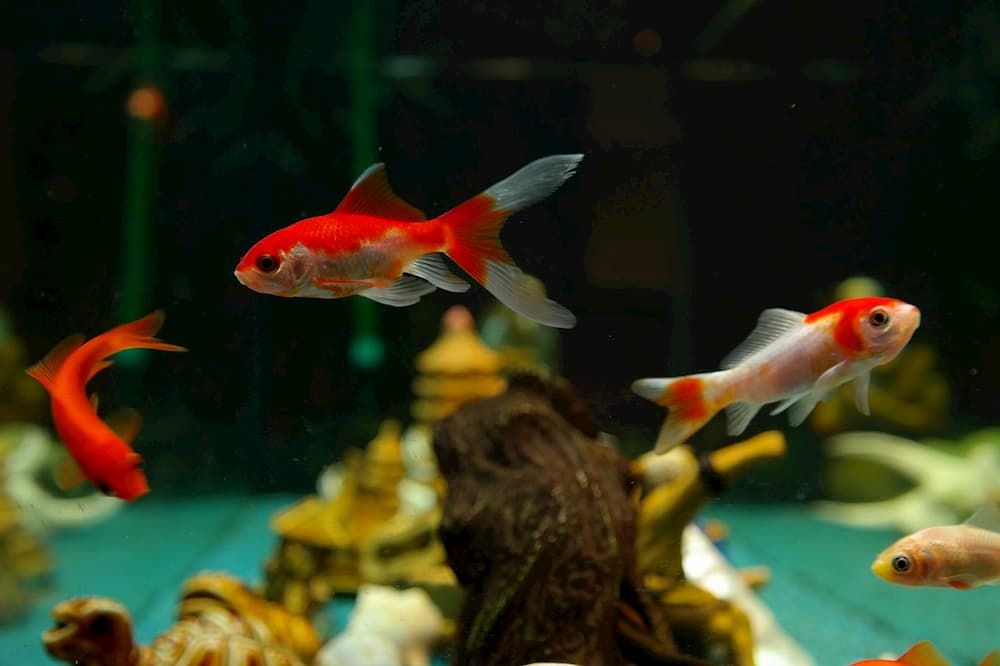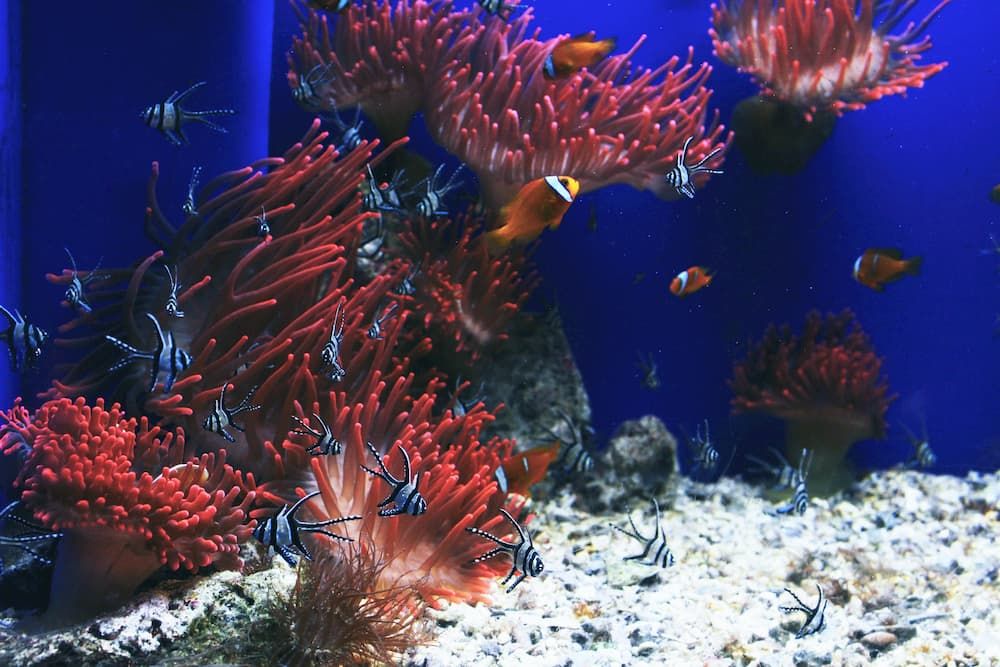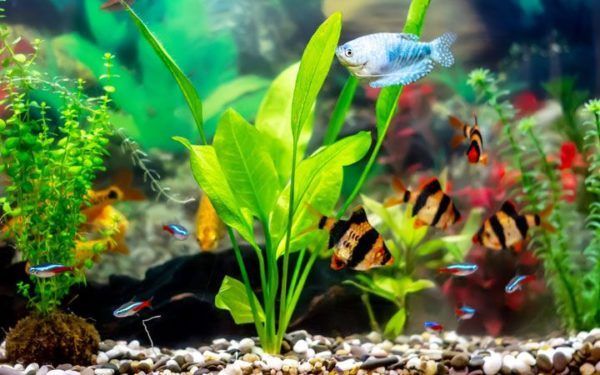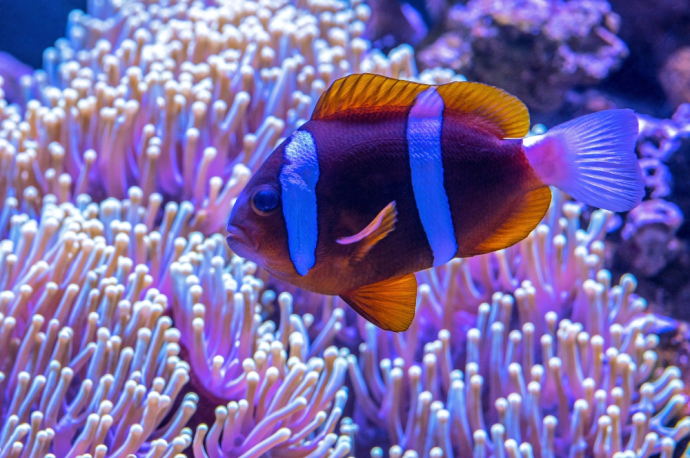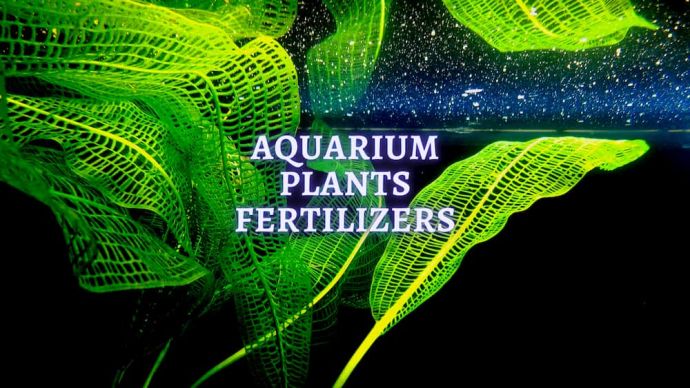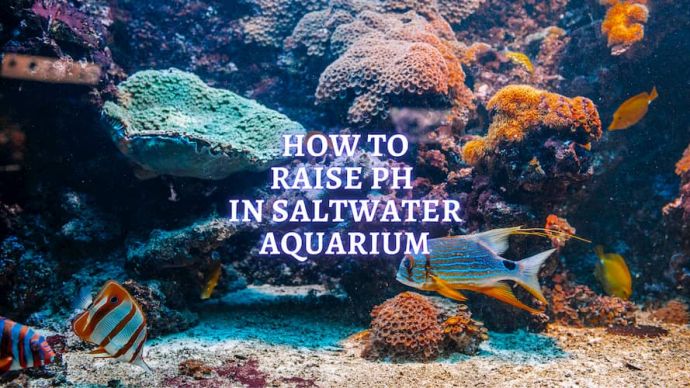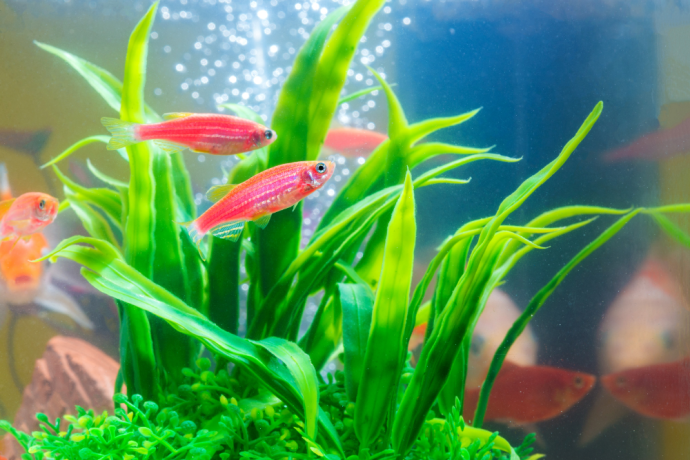Aquarium Maintenance Mistakes to Avoid
Written by:
Author: Casey Fenn
Casey Fenn has 3+ years of experience in writing content. He lives in western North Carolina with his wife, four children, and an assortment of farm animals — including a dog, twenty chickens, a handful of quail, and one milk cow. Casey specializes to write articles in Dog Care, Cat Care, and Tips for Aquarium Owners.
View all 10 articlesLearn about our editorial process and veterinary review board.
Viewed: 106
Updated on: 06/28/2023
Congratulations! Your aquarium is set up and filled with a few colorful and relaxing fish. You’ve done everything by the book. You’ve figured out how to set everything up and purchase high-quality equipment. But now that you have that tankful of pet fish, you’ve started to have doubts and wonder, “What if something goes wrong?”
You don’t want to invest hundreds of dollars into your new fishy friends only to find them belly-up when you get home after a week or two. And sometimes those ‘how-to’ guides only go so far. They help you set everything up but leave you asking, “Now what?”
Consistent aquarium maintenance is as essential as the effort you put into planning and setup. And it’s easy to be lulled into a false sense of security. After all, how hard can it be to keep some fish alive? They’ve got water and food. They don’t need anything else… right?
Wrong. Taking good care of your aquarium requires time, effort, and preparation. Fortunately, I’m here to guide you so you avoid these top five aquarium maintenance mistakes that far too many beginners make.
Once you’ve finished reading through these, you’ll be equipped to keep your fish healthy and feeling good for a very long time.
READ MORE: TOP-15 Fish Tanks
#1. Overfed Fish
Everybody loves a good buffet. You’ve got unlimited options and an endless supply of fresh food. The only problem with buffets is that we eat more than we need. And after one too many trips to the desert bar, we can start feeling remorse for our lack of self-control.
But fish don’t feel remorse.
In the wild, fish spend much of their lives searching for food. But in your aquarium, they don’t have to search. Instead, it falls down from the heavens like manna. All they have to do is look and eat. And this can make for healthy fish.
In the same way that overeating can cause health problems in humans, it can also cause issues for fish. They can wind up with fatty liver or suffer from digestive problems.
But overfeeding your fish doesn’t just have a direct impact on your fish’s internal organs. It can also affect them in a more indirect way.
When fish overeat, they expel more waste. And if you overfeed them too much, they won’t even be able to eat it. They’ll just let it rot on the bottom of your aquarium. So, you can end up with a tank full of waste. And all that waste can throw your entire aquarium’s chemical makeup out of whack.
Overfeeding your fish can create problems for your tank and its fish. So, rather than shaking in enough food to feed an entire school, only give your fish enough food that they’ll reasonably be able to eat within five minutes.
If you’d like, you can feed them smaller amounts a couple of times a day or feed them all at once. The key is to only give them enough to keep them eating for five minutes total. By approaching dinner time this way, you’ll significantly lessen the possibility of your fish dying from overfeeding.
And just so you know, this is the number one reason that beginners lose their fish. So beware!
#2: A Stalled-Out Nitrogen Cycle
The second most common reason for floating fish is a stalled-out nitrogen cycle. Any organic waste in your tank – whether from fish, plants, or uneaten food – will eventually break down and produce ammonia. And ammonia can be deadly for fish.
If you have good bacteria in your tank, they will break down that ammonia into nitrites and then nitrates. And if you’re changing part of your tank’s water regularly, you can keep the nitrogen levels down to an acceptable (and healthy) level.
But if you do nothing to maintain the nitrogen cycle in your tank, you’ll eventually find your fish belly-up.
So, how can you avoid this mistake? You need to ensure the nitrogen cycle doesn’t stall out.
The best way to do this is by testing your water on a weekly basis and looking for any spikes in your tank’s nitrate level. When you see a spike, change approximately 15%-20% of the water in the tank. Under normal circumstances, you’ll probably do this every week or two.
#3: A Too-Acidic or Too-Alkaline Tank
pH is one of those things that we seldom think about, but which have a tremendous impact on us and our environment. And this is even more so for fish.
RELATED ARTICLE: How to lower pH in an aquarium
Your fish need water that has a stable pH level if they’re going to thrive. Not only will a too-acidic or too-alkaline tank begin to have an impact on your fish, but it can also affect the bacteria in your tank. And as we’ve already noted, bacteria are vital for your aquarium’s nitrogen cycle.
So, what’s the right pH for your tank? I don’t know. Every tank’s target pH will depend on the fish and plants that it contains. But if you ask around, you should be able to get an answer that’s tailored for your tank’s ecosystem. Generally , aquariums should have a pH between 5.5 and 7.5. And while your fish probably won’t kick the bucket the moment the water hit’s 5.4 or 7.6, the longer your tank’s water remains outside of those bounds, the more your fish will be endangered.
So, keep a pack of pH test strips near your tank and check it on a weekly basis. It doesn’t take more than a couple of seconds, and it can be the difference between healthy and sick fish.
If you discover that your tank’s pH is off-balance, you can find a number of products that will help you raise or lower it. Just be sure that you don’t do anything that will drastically change the pH level in a short period. That can be deadly for fish.
4. Poorly Maintained Water Temperature
You’ve probably heard that fish are cold-blooded creatures. This doesn’t mean that they’re unfeeling and emotionless. And it doesn’t mean that their blood is literally cold. It means that their bodies don’t automatically regulate their internal temperature the way that mammals’ bodies do.
In the wild, when fish get cold, they swim for warmer water. When they get warm, they move to colder. But in a tank that’s only a few cubic feet big, there’s not a lot of temperature variation. If fish end up in water that’s too hot or too cold, they can get stressed out. And just like with humans, stressed out fish have weakened immune systems.
So poorly maintained water temperatures can lead directly to sick and dying fish.
That’s why it’s important for you to find a way to maintain the right temperature for your fish consistently. To do this, you’ll definitely need an accurate aquarium thermometer. That way, you’ll know if your fish’s water is getting off balance. And while you can manually adjust the heating and cooling settings on your aquarium, the easier (and safer) way to maintain a consistent temperature is with the help of an aquarium heater controller.
When you use one of these in tandem with your heater and fan, you’ll keep your tank’s water temperature at the right level no matter what. And that will lead to happier, healthier fish.
5. Uncontrollable Algae
Algae’s not all bad. In fact, it can be healthy in moderation. But when your tank gets overgrown by it, it can put your fish in danger. That’s why it’s essential for you to control any algae growth in your aquarium.
Uncontrollable algae in your aquarium can show up for a variety of reasons, including lights that have been left on too long, too much direct sunlight, water that’s too high in certain nutrients, or overfeeding your fish.
But algae can be controlled. The best way to deal with it is to meet it head on.
Change your water regularly (but remember to only change 15%-20% each time). Clean your tank regularly. Add live plants to your tank. Or invest in a couple of algae-munching critters (like a Twig Catfish or a Bristlenose Plecos).
If you’ll keep an eye on your algae levels and make the proper adjustments week-to-week, you shouldn’t have a problem with an overwhelmed ecosystem.
RELATED ARTICLE: How to get rid of diatom algae
Conclusion: A Happy Fish is a Well-Maintained Fish
Some people have the mistaken view that fish don’t require any maintenance. They assume you just buy a tank, fill it with water, toss a couple of fish in, and hope for the best. But that’s a recipe for disaster (and dead fish).
If you’re going to keep your water-bound pets healthy, you’ll need to keep them maintained. And this includes their feeding schedule, pH levels, temperature, and more. But if you’ll keep the above five common mistakes in mind – and be proactive about countering them – then you’ll likely have a tank that offers you years of enjoyment and peace.
And that’s what we really want out of our aquatic pets, isn’t it? The least we can do in return is keep them comfortable.
If you’ll keep an eye on your algae levels and make the proper adjustments week-to-week, you shouldn’t have a problem with an overwhelmed ecosystem.
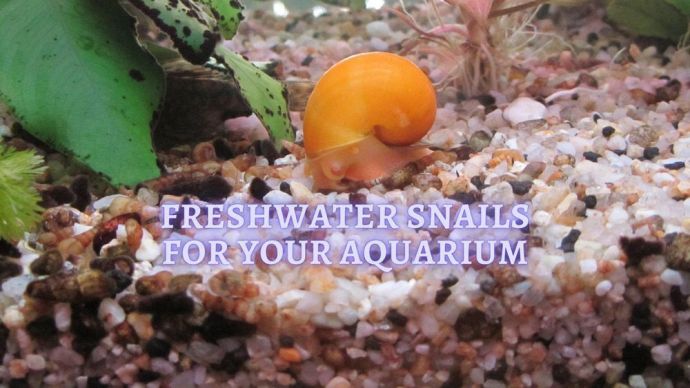 Fish Owners Tips Types of Freshwater Snails: Exotic cleaners for your Fish Tank
Fish Owners Tips Types of Freshwater Snails: Exotic cleaners for your Fish Tank - 1704
- 0









